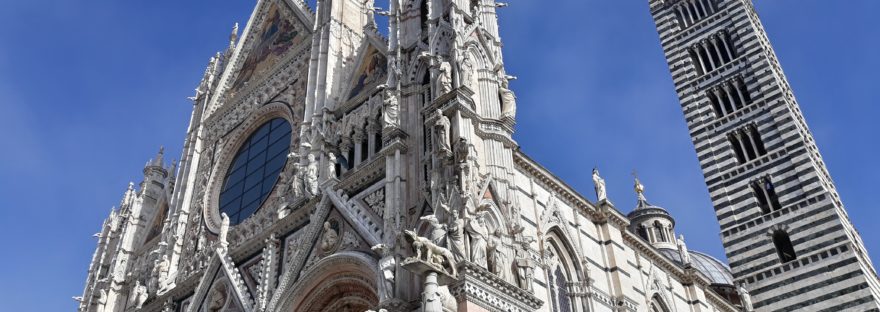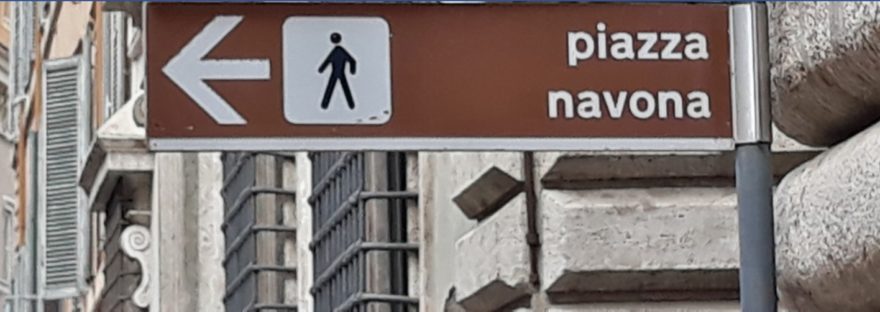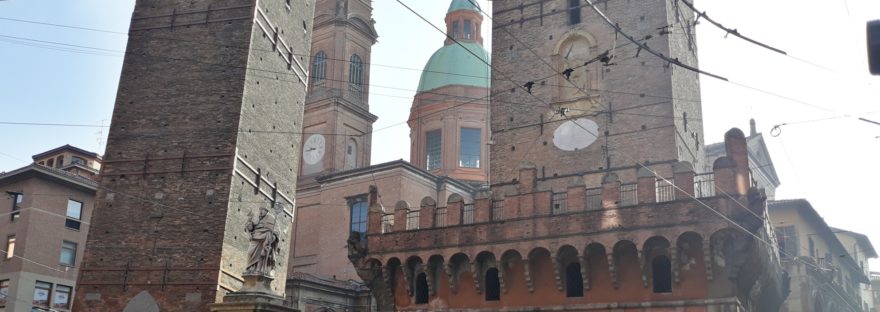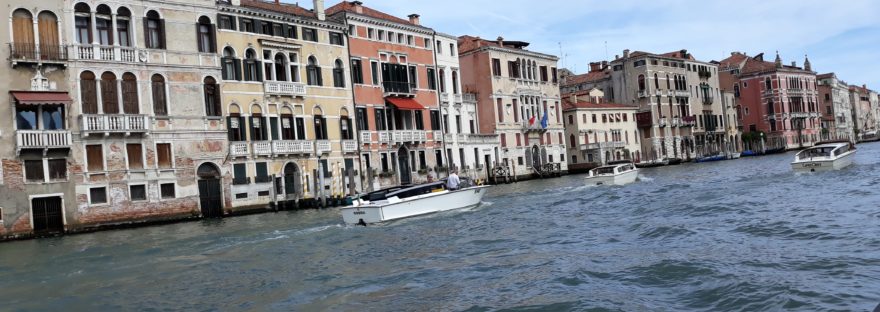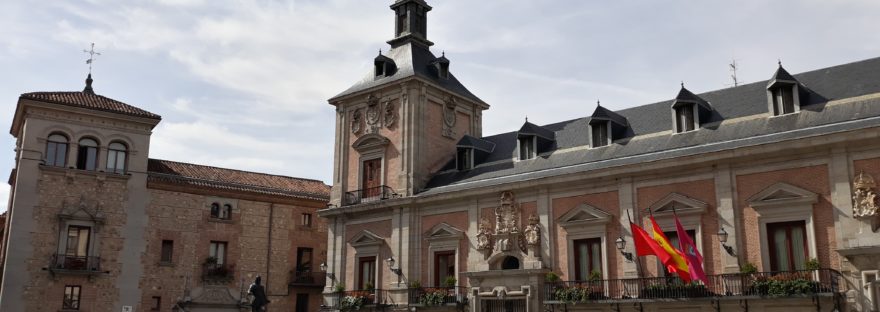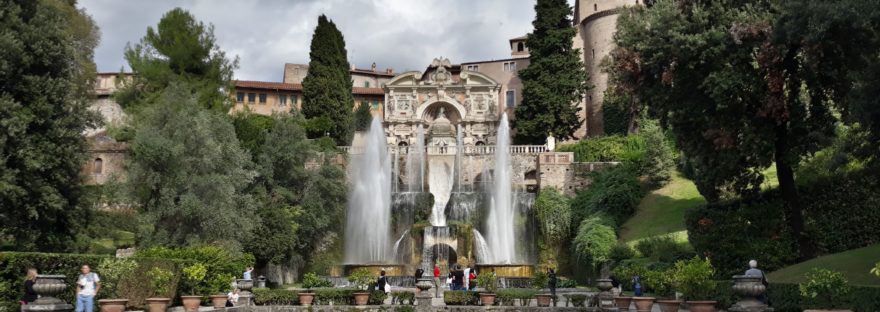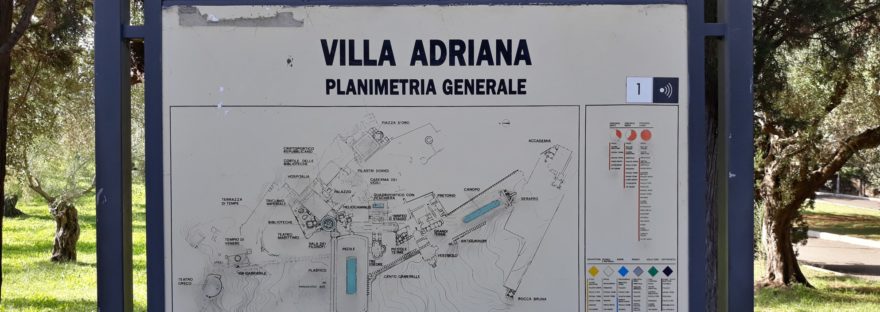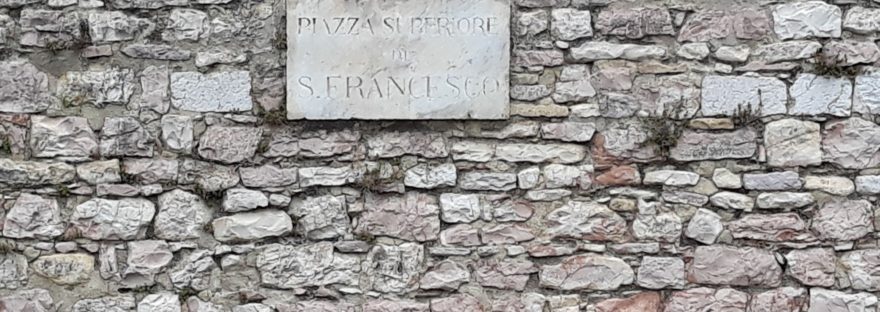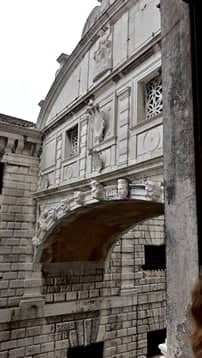 The “Ponte dei Suspiri” or Bridge of Sighs in Venice, Italy, is over one of the most important canals in the city, the Di Palazzo River. It has become a tourist attraction,as it joins the Doge’s Palace and the old prison of the Inquisition. Continue reading “Ponte dei Suspiri, Venice”
The “Ponte dei Suspiri” or Bridge of Sighs in Venice, Italy, is over one of the most important canals in the city, the Di Palazzo River. It has become a tourist attraction,as it joins the Doge’s Palace and the old prison of the Inquisition. Continue reading “Ponte dei Suspiri, Venice”
Author: La Viajera y El Mochilero
The Metropolitan Cathedral of the Assumption of Santa Maria, Siena
Siena is one of the beautiful cities that we can find in Tuscany, a region of central Italy surrounded by the main mountain ranges, with fertile hills and plains. The city of Siena is known for its medieval center and for the “Palio”, a very famous horse race that they celebrate twice a year. Continue reading “The Metropolitan Cathedral of the Assumption of Santa Maria, Siena”
Piazza Navona, Rome
“Piazza Navona” in Rome, is located in an important center of urban life as it relates to social, cultural and tourism events. Strolling through this square one can find sculptures, fountains and buildings of great artistic value. Continue reading “Piazza Navona, Rome”
Piazza Garibaldi – Tivoli
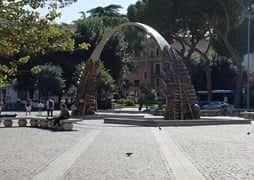 In the heart of the historic center of Tivoli one finds the “Piazza Garibaldi” or the Garibaldi Square. It is dedicated to Giuseppe Garibaldi, the “Hero of the Two Worlds” due to his military interventions in South America and Europe. He is also considered one of the “fathers of the country” of Italy along with King Victor Emmanuel. The “Arch of the Founding Fathers”, a monumental sculpture created in 2009 by Arnaldo Pomodoro, attests to it in a prominent place on center of the stage. Continue reading “Piazza Garibaldi – Tivoli”
In the heart of the historic center of Tivoli one finds the “Piazza Garibaldi” or the Garibaldi Square. It is dedicated to Giuseppe Garibaldi, the “Hero of the Two Worlds” due to his military interventions in South America and Europe. He is also considered one of the “fathers of the country” of Italy along with King Victor Emmanuel. The “Arch of the Founding Fathers”, a monumental sculpture created in 2009 by Arnaldo Pomodoro, attests to it in a prominent place on center of the stage. Continue reading “Piazza Garibaldi – Tivoli”
The two Towers: “Garisenda and degli Asinelli” – Bologna
Upon leaving Venice, the city of Bologna is the obvious choice for another stop on our adventure through Italy. Bologna is the capital of the “Emilia-Romagna” region in northern Italy. It is also an important transport hub, in particular its Bologna Centrale station, which serves as a crossroads for all the main train systems in Italy. Continue reading “The two Towers: “Garisenda and degli Asinelli” – Bologna”
The floating cathedral of Italy
In northeastern Italy there are 118 islands in the Adriatic Sea, which together are known as Venice, the “Floating City”. As expected, Venice has its own “floating cathedral”, we are referring to the beautiful St. Mark’s Basilica. Continue reading “The floating cathedral of Italy”
The Plaza of the Villa – Madrid
Initially known as the Plaza Saint Salvador, the Plaza of the Villa was one of the main medieval centers of the Villa of Madrid. King Henry IV of Castile granted the title of “Noble and Loyal Vlla” to Madrid in the fifteenth century and, therefore, the change in the name of the square.
The Legacy of Cardinal d’Este, Villa d’Este, Tivoli
Villa d’Este is located in the town of Tivoli, Italy. In order to understand origen of the Villa d’Este, we must go back to the fourth century, when Christianity becomes the official religion of the Roman Empire. Once this happens, the bishops of Rome began to acquire a substantial amount of property around Rome (known as the Patrimony of St. Peter) and what is known as central Italy. This eventually evolved into the “Papal States” and included the regions of Lazio, Marche, Umbria and part of Emilia-Romagna. The Church’s control over these areas was unquestionable.
Continue reading “The Legacy of Cardinal d’Este, Villa d’Este, Tivoli”
Hadrian’s Villa, Tivoli
Hadrian’s Villa is located on the plains at the foot of the Sabine hills and just below the city of Tivoli. Reaching the top of the villa requires a steep hike, which is rewarded in contemplating the beauty of the Villa. The site remains an archaeological complex, reminding us with its ruins of a powerful Roman Empire.
Basilica of Saint Francis of Assisi
In the hills of Umbria, Italy, and less than 160 kilometers north of Rome, stands the medieval city of Assisi. This was the birthplace of Francesco di Pietro di Bernardone (baptized as Giovanni di Pietro) from the 12th century and which became known as Saint Francis of Assisi.

